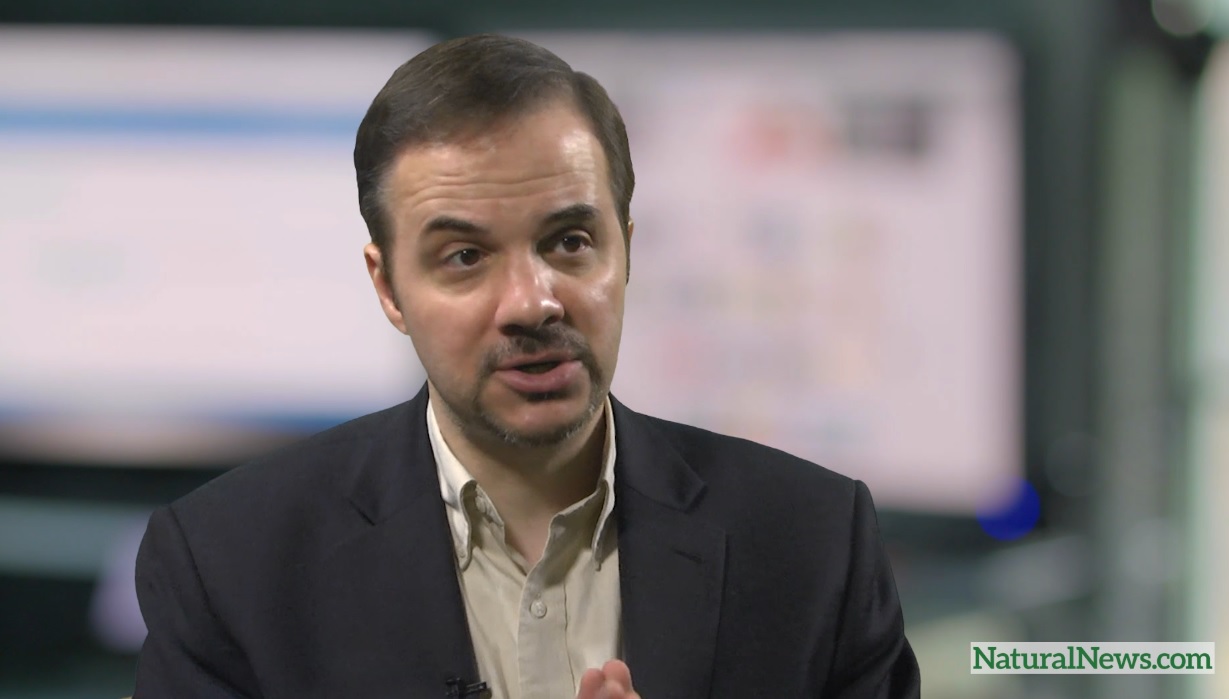Cryogenics pioneer claims man frozen in liquid nitrogen 50 years ago will be brought back to life
02/03/2017 / By Vicki Batts

Will the dead someday walk among us? According to 80-year-old cryogenics expert Robert Nelson, that may just be the case — as long as they’re frozen first. Nelson is the president of the Cryonics Society of California and recently revealed what it was like to freeze the first cryogenic “patient” back in 1967.
Nelson even believes that the first patient, James Bedford, will be brought back to life some day. The thought is certainly more than enough to raise some eyebrows, but that appears to have never deterred Nelson — who also hopes to be cryogenically frozen and revived some day in the future. But what exactly does it take to be frozen nowadays, and what was it like when Nelson froze someone for the first time?
What is cryogenics?
Cryogenics offers hope to the elderly and terminally ill; those who intend to be frozen hope that one day, they’ll be brought back to life. Cryogenics is, at its core, a form of preservation: dead bodies are submerged in liquid nitrogen and frozen. [RELATED: Learn more about the latest exciting science at Scientific.news]
Proponents of the procedure believe that some day in the future, scientists will be able to defrost the dead and bring them back to life. And hopefully, by then they will be able to remedy diseases and conditions that we currently don’t have cures for.
One caveat is that the person to be frozen must be dead prior to undergoing the cryogenic process. So hopefully, in the future, they will be able to bring people back from the dead, too.
Freezing needs to be done as soon after death as possible, to protect against damage to the brain. First, the body must be cooled down in an ice bath, to reduce temperature slowly and steadily. Then, all of the blood is drained from the corpse and it is replaced with a special type of anti-freeze that stops “harmful” ice crystals from forming.
After being transported to a facility in the US or Russia, the body is then placed into an “arctic sleeping bag” that is pumped full of nitrogen gas. Over a period of weeks, the body is frozen until the unit reaches a frosty -196° C. Then the body will be transferred to the “patient care bay” and suspended in liquid nitrogen indefinitely.
Freezing the first man
Psychology professor James Bedford died of kidney cancer in 1967. And on January 12, 1967, just moments after his passing, Nelson and his team began the process of freezing him. Bedford soon became the world’s first man to be cryogenically frozen; his body is still suspended in a liquid nitrogen vault located in Scottsdale, Arizona.
Before his death, Bedford commented that he never expected to be revived. However, scientist Robert Nelson believes differently. Nelson has high hopes for Bedford and told Daily Mail that he believes Bedford will one day live again. [RELATED: Keep up with the latest headlines on aging at Longevity.news]
During the exclusive interview, he commented, “When we froze Bedford, man had never been on the moon, there had never been a heart transplant, there was no GPS, no cellphones.”
“Who knows what the next 50 years is going to bring? I think his hope is in nanotechnology but the means to bring him back will exist sooner or later.”
Bedford was placed into an ice bath. After being cooled, his blood was removed and replaced with ‘biological antifreeze’ dimethyl sulfoxide, and then he was packed into a box, before being temporarily stored.
Unfortunately, the cryonic capsule meant to store Bedford was still being built in Arizona. Bedford ended up spending his first two weeks of frozen suspension at a garage in California, belonging to two of Nelson’s friends.
After the cryonic vault was finished, Bedford arrived safely at his new “home” in Arizona, frozen for what may or may not be an eternity.
Nelson eventually left the field of cryonics. He had run out of money to run his California cryogenic vault and left the bodies he had frozen to decompose. In 1979, the family members of some who’d been lost sued Nelson for $400,000.
Nelson was ridiculed by the scientific community and left the field for more than 25 years.
Sources:
Tagged Under: cryogenics, frozen, Robert Nelson



















